Ever wonder how that flat-screen TV you ordered online makes its way across continents to your doorstep? The answer lies in a complex web of logistics, and at its heart lies a crucial element: shipping documents. These documents act as passports for your cargo, granting them passage and ultimately releasing them at the destination.
Two such documents that play a vital role in this process are the Express Bill of Lading (EBL) and the Telex Release. Let’s unpack their significance and understand how they work together to ensure a smooth handover of your goods.
Importance of Shipping Documents
In a bustling international port, containers arrive daily, each holding a mystery of its contents and destination. Without proper documentation, chaos would ensue. Shipping documents like bills of lading act as a universal language, providing clear information to all parties involved in the journey. They detail the shipment’s origin, destination, contents, value, and ownership. This transparency is essential for:
- Customs Clearance: Authorities rely on shipping documents to verify the cargo’s legitimacy and to assess applicable duties or taxes.
- Security: Documents ensure the goods reach the intended recipient, minimizing the risk of theft or fraud.
- Financial Transactions: Banks often require specific documents, like bills of lading, before releasing payment for the goods.
Overview of Express Bill of Lading and Telex Release
Imagine bills of lading as the passports for your goods in the international shipping world. They act as official documents proving ownership and shipment details. Now, within this world of bills of lading, EBLs and Telex Releases function as specialized travel passes. They offer faster and more streamlined options compared to the traditional paper-based bill of lading.
Express Bill of Lading (EBL)
This is a paperless version of the traditional bill of lading. It electronically transmits all the crucial shipment information to the destination port, allowing for a faster release process. EBLs are ideal for situations where speed is critical, and trust between buyer and seller is established.
Telex Release
This method involves a swift authorization for cargo release at the destination port. It comes into play when the original bill of lading is surrendered at the origin port. A Telex Release, traditionally sent via electronic telex (now often replaced by secure emails), informs the destination agent that the cargo can be released despite the physical document’s absence.
By understanding the nuances of these documents, you can ensure a smooth and efficient flow of your international shipments. Remember, informed decisions make for happy deliveries!
Therefore, let’s get into the details of the express bill of lading and the Telex Release.
Also Read: Top 10 Freight Forwarding Companies in Mumbai in 2024.
Understanding Express Bill of Lading
The world of international trade thrives on a well-oiled system of documentation. One key player in this system is the bill of lading (BOL). It acts as a contract between the shipper, carrier (shipping company), and consignee (receiver), outlining the details of your cargo’s journey.
It essentially serves as a passport for your goods, providing vital information like:
- Type and quantity of goods being shipped
- Origin and destination ports
- Value of the shipment
- Terms of carriage
This information is crucial for customs clearance, security purposes, and even financial transactions (banks often require bills of lading before releasing payments).
How EBLs Work?
What if you need a faster, more streamlined way to release your cargo at the destination? Enter the Express Bill of Lading (EBL).
Think of the EBL as a digital upgrade to the traditional bill of lading.
Here’s how it works:
- Electronic Format: Unlike a traditional BOL, a physical document, the EBL exists entirely digitally. All the shipment details are electronically transmitted to the destination port, eliminating the need for physical paperwork.
- Faster Release: This electronic transmission translates to significant time savings. Without the need to wait for physical documents to arrive, cargo clearance and release can happen much quicker, potentially shaving days off the delivery timeline.
- No Paper Chase: EBLs eliminate the need to handle and manage physical documents. This reduces the administrative hassle and potential cost savings associated with printing, courier fees, and document security.
EBLs: A Perfect Fit for Diverse Shipments
The beauty of EBLs lies in their versatility. They can be used for a wide range of shipment types, including:
- Time-Sensitive Cargo: When deadlines are tight, EBLs can be a lifesaver. The faster release process ensures your goods arrive on time, minimizing delays and disruptions in your business operations.
- High-Value Goods: EBLs offer an extra layer of security for valuable cargo. Since there’s no physical document to lose or tamper with, the risk of fraud or theft is reduced.
- Regular Trade Lanes: If you have established trade relationships with known and trusted partners, EBLs can be a great way to streamline the process. The focus on speed and efficiency makes them ideal for regular shipments on familiar routes.
Advantages of the EBL
The primary benefits of using EBLs boil down to two key factors: time savings and cost savings.
- Faster Deliveries: By eliminating the need for physical documents, EBLs expedite the cargo release process. This translates to quicker deliveries, which can be crucial for businesses that operate on tight schedules or deal with perishable goods.
- Reduced Administrative Costs: EBLs eliminate the costs associated with printing, handling, and couriering physical documents. Additionally, the streamlined process reduces administrative workloads, freeing up valuable resources for other tasks.
In today’s fast-paced trade environment, efficiency is king. By leveraging the power of EBLs, you can ensure your cargo reaches its destination faster and at a lower cost, giving you a competitive edge in the global marketplace.
Also Read: Freight Forwarding Companies in Jaipur
Understanding Telex Release
What if your shipment arrives at the destination port, but the original bill of lading (OBL) is still in transit? This could lead to delays and frustration. Luckily, the world of international trade has a solution: the Telex Release.
Traditionally, goods wait at the destination port until the physical Bill of Lading (OBL) arrives. A Telex Release cuts through this delay. It’s a message from the shipping line at the origin port to their destination counterpart, saying: “The shipper already gave us the OBL, release the cargo!” This allows your goods to be cleared for pick-up faster, even if the official paperwork hasn’t yet arrived. It’s a smoother handover for everyone involved.
Obtaining a Telex Release
To secure a Telex Release, the shipper typically needs to surrender the original bill of lading to the carrier’s agent at the origin port. This signifies that they have fulfilled their obligations under the contract of carriage and are authorizing the release of the goods to the consignee.
While the term “Telex Release” originates from the days of telex communication, the actual message is now typically sent electronically via secure email. This modernization streamlines the process and ensures faster transmission of the release authorization.
Conditions for a Valid Telex Release
Not all shipments qualify for a Telex Release. Here are some key requirements:
- Trustworthy Relationship: Telex Releases are generally used between established trading partners with a strong track record of trust. This is because the release happens without the physical presence of the OBL, which represents a certain level of risk.
- Clear Communication: For a Telex Release to be valid, it needs to contain specific information, such as the bill of lading reference number, a detailed description of the cargo, and confirmation that the OBL has been surrendered.
- Carrier Approval: The final decision on issuing a Telex Release rests with the carrier. They may have specific requirements or limitations in place, so it’s always best to check with them beforehand.
Advantage of the Telex Release
By utilizing Telex Releases, you can achieve:
- Faster Delivery: By eliminating the need to wait for the physical OBL, Telex Releases can expedite the cargo release process, leading to quicker deliveries.
- Reduced Costs: Avoiding potential storage fees that can accrue while waiting for the OBL to arrive can translate to cost savings for the importer.
- Improved Efficiency: Telex Releases streamline communication between different ports, minimizing delays and administrative hassles.
In conclusion, Telex Releases offer a valuable tool for expediting cargo release in specific situations. Understanding their purpose, requirements, and how they work can help you navigate international trade more efficiently.
Also Read: Top Freight Forwarding Services in Vishakhapatnam
Streamlining Trade: The Two Sides of Electronic Shipping Documents
The world of international trade is embracing the digital age, and one of the most significant advancements is the rise of electronic shipping documentation. This shift from paper-based systems to electronic communication like Telex Releases and Express Bills of Lading (EBLs) offers many advantages, but it has its potential drawbacks. Let’s try to understand both sides of this digital coin.
The Efficiency Edge: Speed and Cost Savings
Electronic shipping documents are champions of efficiency. EBLs eliminate the need for physical paperwork, leading to:
- Faster Cargo Release: With details transmitted electronically, there’s no waiting for documents to arrive, significantly speeding up customs clearance and release at the destination port.
- Reduced Administrative Costs: Printing, couriering, and managing physical documents become a thing of the past. This translates to cost savings and a streamlined administrative process.
Telex Releases offer similar benefits, allowing cargo to be released even if the original bill of lading is still in transit. This can be crucial for avoiding delays and demurrage charges at the destination port.
Addressing Potential Risks
While electronic communication offers undeniable advantages, it’s essential to acknowledge the potential risks associated with it:
- Fraudulent Activity: The absence of physical documents can allow fraudsters to exploit vulnerabilities in electronic systems. This could lead to unauthorized cargo collection or manipulation of shipment information.
- Technical Glitches: System outages or security breaches could disrupt the electronic transmission of documents, potentially causing delays in cargo release.
Best Practices for Secure Trade
To navigate the digital landscape safely, here are some best practices to consider:
- Partner Selection: When using EBLs or Telex Releases, prioritize established trading partners with a proven track record of trust and robust security measures.
- Data Encryption: Ensure all electronic documents and communication channels are encrypted to safeguard sensitive information.
- Verification Procedures: Implement clear verification procedures to confirm the authenticity of any electronic communication before authorizing cargo release.
- Cybersecurity Awareness: Train your staff on cybersecurity best practices to identify and avoid potential phishing attempts or malware attacks.
Electronic shipping documents are revolutionizing international trade by streamlining processes and reducing costs. However, it’s crucial to be aware of the potential security risks and implement robust measures to mitigate them. By adopting best practices and partnering with reliable entities, businesses can leverage the power of electronic documentation for a smoother and safer trading experience.
Also Read: Understanding the Role, Purpose, and Charges of Container Freight Station
Strategies to Verify Authenticity in Electronic Shipping
The world of electronic shipping documents offers undeniable efficiency, but ensuring their authenticity is paramount. Let’s explore strategies for verifying Telex Releases and Express Bills of Lading (EBLs) and establishing a secure foundation for cargo release procedures.
Verifying the Digital Trail: EBLs and Telex Releases
While Telex Releases and EBLs expedite processes, verifying their authenticity requires vigilance. Here are some strategies to employ:
- Data Verification: Request a copy of the EBL or Telex Release directly from the carrier or their authorized agent. Cross-check the details against the original agreement and bill of lading to ensure accuracy.
- Digital Signature Verification: Many reputable carriers utilize digital signatures on electronic documents. Ensure the signature is valid and issued by a trusted certificate authority.
- Communication Channels: Maintain open communication with your trading partner. Confirm the issuance of any Telex Release directly with them, and never rely solely on email communication.
Importance of Clear Communication
Clear communication between all parties involved in the shipment is crucial for a seamless release process. Here’s how to ensure everyone is on the same page:
- Pre-Shipment Agreement: Clearly define the documentation procedures, including the use of EBLs or Telex Releases, within your pre-shipment agreement with your trading partner. This eliminates ambiguity and establishes expectations.
- Confirmation Protocols: Establish clear confirmation protocols for Telex Releases. This could involve a two-factor authentication system or a designated contact person at the destination port authorized to receive and confirm the release message.
- Contingency Plans: Have contingency plans in place in case of communication disruptions or suspected fraud. This may involve contacting the carrier directly or involving a neutral third party for verification.
Building a Secure Release Process: Recommendations for Efficiency
By implementing the following recommendations, you can achieve a more secure and efficient cargo release process:
- Partner Selection: Prioritize established trading partners with a strong reputation for security and ethical practices.
- Cybersecurity Awareness: Train your staff on cybersecurity best practices to identify potential phishing attempts or malware attacks that could compromise electronic documents.
- Technology Investment: Consider investing in secure communication platforms and document management systems to safeguard sensitive information.
The rise of electronic shipping documents offers a path toward a faster and more cost-effective future for international trade. By implementing robust verification strategies, clear communication protocols, and security measures, businesses can harness the power of digital solutions while mitigating potential risks. This proactive approach will ensure a smoother and more secure cargo release process for all parties involved.
Also Read: Top 10 Freight Forwarding Companies in Vashi 2024.
Conclusion
Understanding and managing shipping documents like the Express Bill of Lading (EBL) and Telex Release is crucial for ensuring a smooth and efficient cargo release process. These documents are vital in mitigating risks, ensuring compliance, and facilitating quicker delivery times in international logistics.
As you navigate these intricacies, Intoglo is your reliable partner, offering comprehensive door-to-door Full Container Load (FCL) shipments from India to the USA. We eliminate third-party complications, providing faster and more cost-effective delivery services. With our dedicated in-house experts and special trucking partners across the USA, we ensure your goods are palletized according to guidelines, including those of Amazon.
Why Choose Intoglo?
- Seamless Process: From managing documentation to ensuring your goods reach their destination, Intoglo simplifies the entire logistics process.
- Cost-Effective Solutions: Our streamlined services reduce costs, saving you money on shipping and handling.
- 24/7 Support: Our team is always available to assist you, providing round-the-clock support for all your shipping needs.
- Trusted Expertise: With years of experience in international logistics, our experts ensure compliance and efficiency at every step.
Partner with Intoglo to leverage our expertise and robust logistics network for a hassle-free shipping experience. Contact us today!


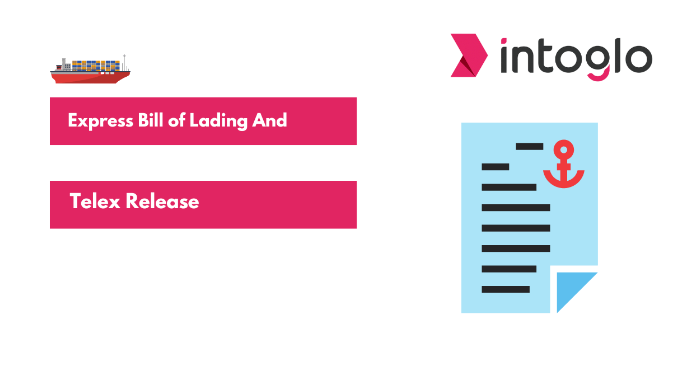
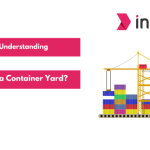

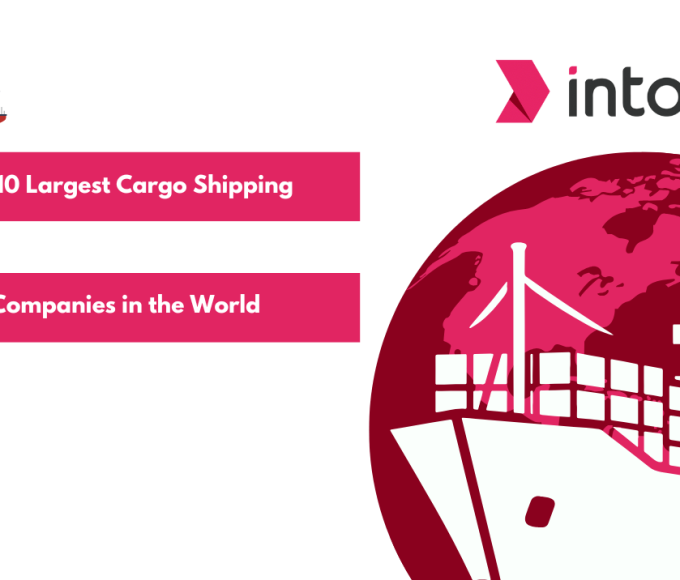
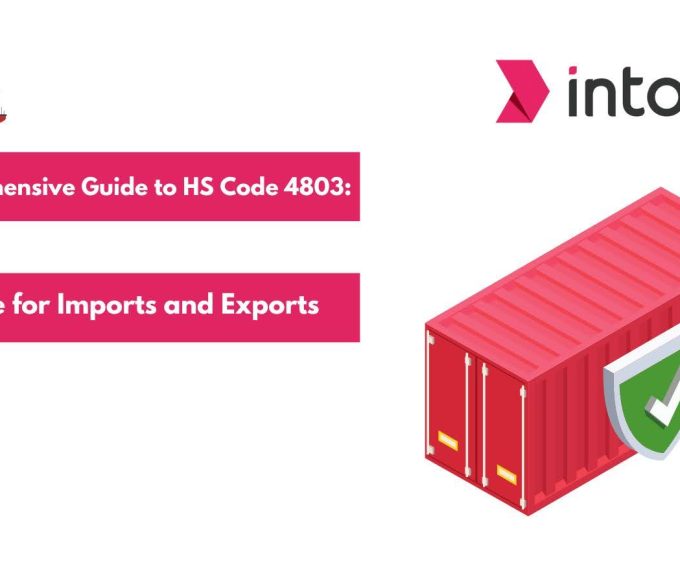
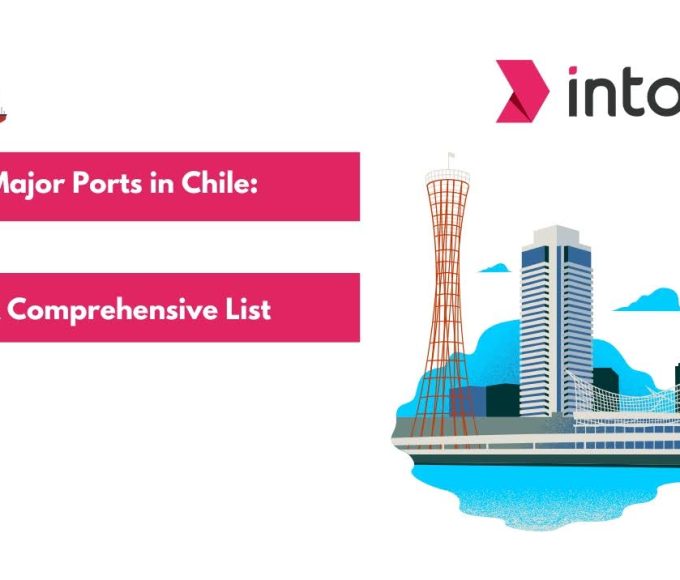
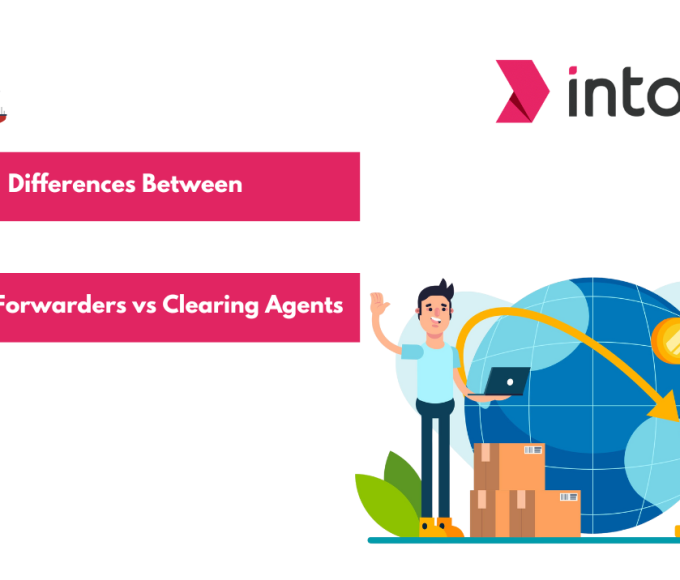
Leave a comment